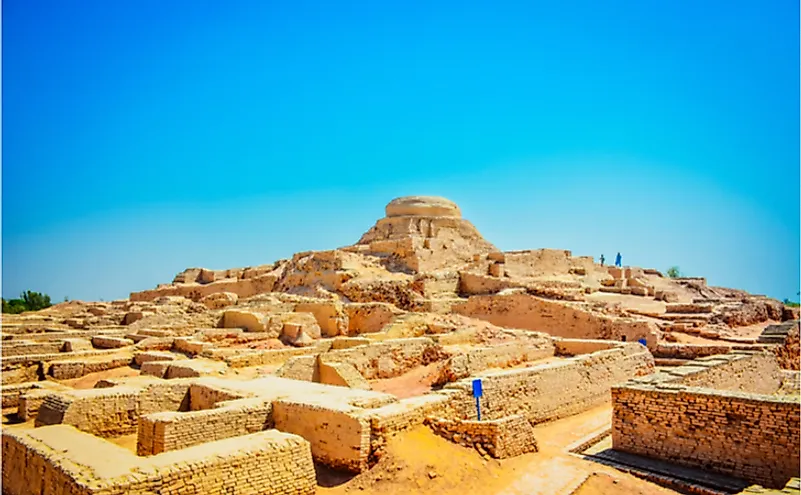Where Are The Ancient Archeological Sites Of Mohenjo Daro And Harappa Located?

Mohenjo-Daro and Harappa are archeological sites in Pakistan which are among the greatest achievements in the civilization of the Indus Valley. These two cities are famous for their organized, impressive, and regular layout. Mohenjo-Daro and Harappa were built around 2500 BC, and it is among the largest settlements of the ancient civilization of the Indus Valley. They are regarded as some of the earliest major cities together with Norte Chico, Minoan Crete, Mesopotamia, and Ancient Egypt. It is believed that in 1500 BC, Mohenjo-Daro was abandoned after civilization in the Indus Valley declined, and it remained largely unknown until the 1920s when it was rediscovered. Mohenjo-Daro was listed by UNESCO in 1981 as a World Heritage Site, while Harappa was submitted to the tentative list in 2004.
Location Of Mohenjo-Daro
Mohenjo-Daro is found in the district of Larkana on the western side of the Indus Valley in Sindh, Pakistan, and it lies between Ghaggar-Hakra River and the Indus River. It was built on a Pleistocene ridge which is located at the floodplain of the Indus Valley lying approximately 17 miles from the town of Larkana. At the time of Indus Valley civilization, the ridge was prominent because it allowed the city to stand above the floods in the surrounding area. However, over the years, the ridge has been buried by silt from flood deposits. The Indus River is still flowing to the east of the site, but the Ghaggar-Hakra river on the Western side has dried.
Location Of Harappa
The Harappa is an archaeological site located in Punjab, Pakistan, lying about 15 miles west of the Sahiwal city. The name of the site is derived from the modern village found near the former course of the Ravi River which now runs 5 miles in the North. The modern Harappa village is about 0.62 miles from the ancient city. The ancient Harappa was a fortified city and lay between Punjab and Sindh. It is believed it had a population of about 23,500 people occupying an area of about 370 acres, which is considered a large city for the time. The houses in the city were built with clay bricks, and it was heavily damaged during the British rule. The bricks were taken and used as track ballast when they were constructing the Lahore Multan railway.
History
It is believed that the two ancient cities of Harappa and Mohenjo-Daro began to emerge in about 2600 BC within the Indus Valley in Sindh and Punjab. It is also believed that the civilization had developed some writing system with the urban center and diversified economic and social system. The two sites were rediscovered in the 1920s when excavations were made at Mohenjo-Daro near Larkana in Sindh. At the time Harappa in the south of Lahore in Punjab was also discovered. In 1857, the Harappa archaeological site was extensively damaged during the construction of the Lahore Multan Railroad, because the bricks were used as track ballast. The bricks were made of red sand, stones, and clay which were baked at extremely high temperatures.











